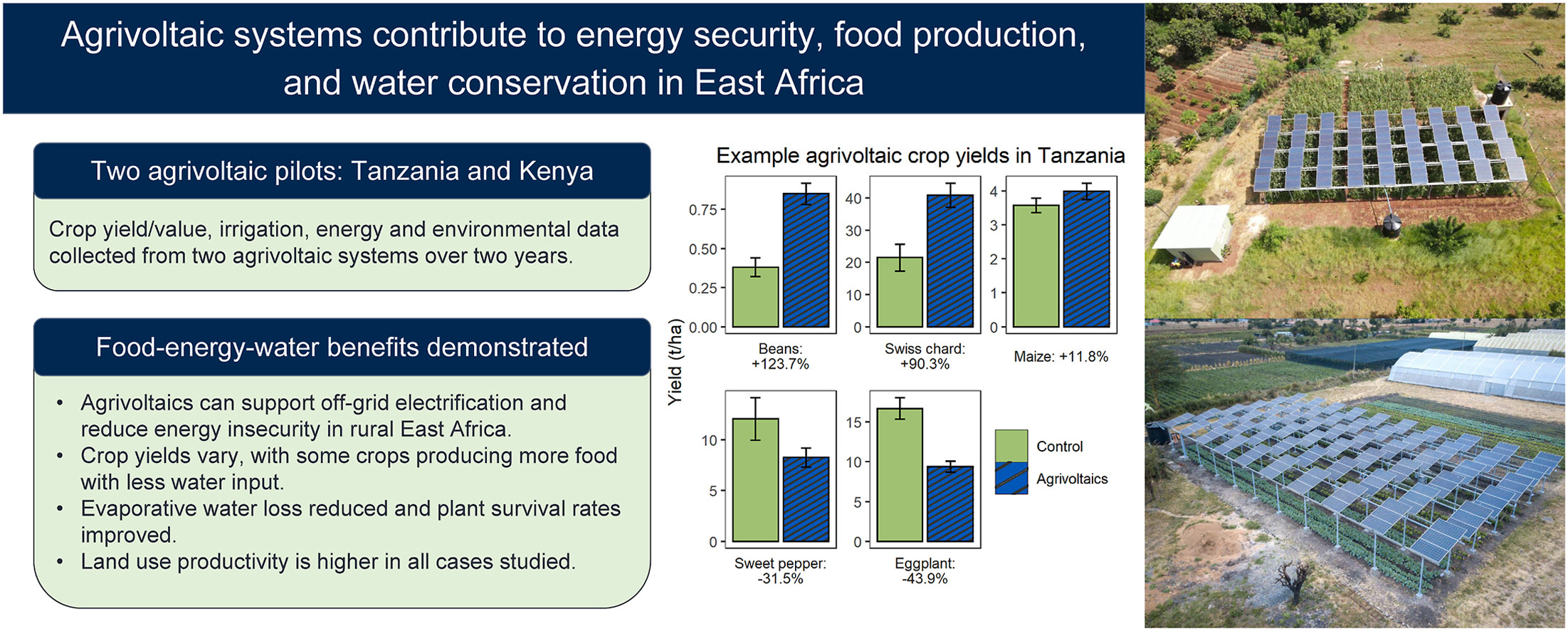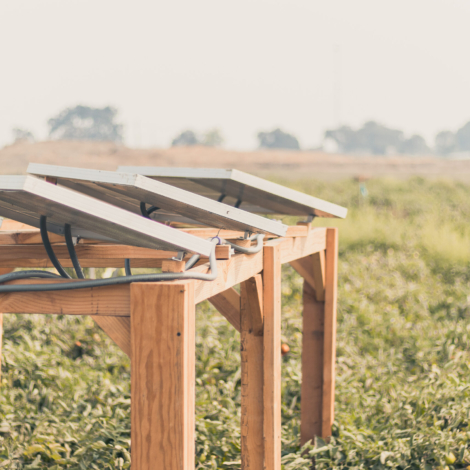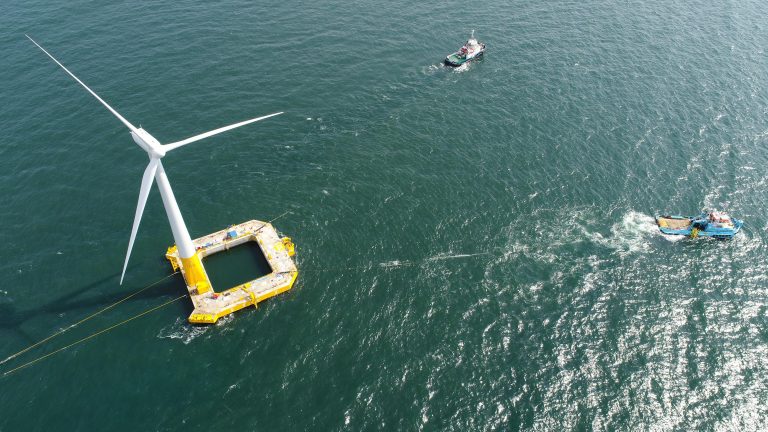Researchers have known that some crops fare better than others under the shade of solar panels, but most studies are conducted on farms in the Global West. There is a gap in the knowledge of how crops perform under panels on East African farms, but new research has begun to answer questions.

Renewable and Sustainable Energy Reviews (CC BY 4.0)
Agrivoltaics has the potential to “harvest the sun twice,” as the title of a new study states, integrating solar panels with crops to merge food production and renewable energy generation into a single, sustainable and carbon-neutral system. R.J. Randle-Boggis, at the University of Sheffield in the UK and an international team of researchers at the University of Arizona and World Agroforestry in Kenya and Tanzania, identified crops that fare well under panels on farms in Tanzania and Kenya. Their research demonstrates that agrivoltaic systems in Tanzania and Kenya can simultaneously generate electricity, produce food, and conserve water. They published their findings in the February 2025 volume of Renewable and Sustainable Energy Reviews.
Compared to control plots that did not have solar panels, yields on the solar-integrated plots increased for leafy vegetables and drought-sensitive crops like beans. Yields decreased for shade-intolerant species such as those in the Solanaceae family, which include potatoes, tomatoes and eggplant.
The crops tested—beans, leafy greens, maize, onions and others—are regionally important for nutrition and income. On surprise was the performance of maize. Maize is a shade-intolerant C4 plant that produced 11.8% higher yields under agrivoltaics and 2.7 times the regional average, contrasting with studies elsewhere that had lower yields.
Generally, the researchers found that crops under these systems had improved performance, survived better in the heat, required less irrigation in the shade, and their yields increased with less water. Agrivoltaics enhanced land productivity and supported climate resilience, benefiting both grid-tied agribusinesses and off-grid communities. These systems address multiple Sustainable Development Goals by promoting energy security, climate-resilient food production, and water conservation in East Africa.
“Combining the crop yields with electricity generation potential, agrivoltaics land productivity was higher than the land use with either energy or agriculture alone, in every growing season and at both sites,” the researchers write.
Scaling agrivoltaics systems in Africa may require new policy, according to an analysis by James MacDonald at the Polytechnic Unversity of Catalonia. In Africa, these systems face similar challenges as solar farms without crops, particularly securing long-term energy offtake agreements. Pro-agrivoltaic grid-feeding legislation is needed across the continent, supported by comprehensive multi-stakeholder education initiatives, Dr. MacDonald and team said.


Thanks to the research team and the developers of the technology for their contribution to this technology, which offers hope for solving the three core problems of food, energy, and water. I hope that the implementation of this technology brings new opportunities to more regions, especially resource-poor communities. I see Agrivoltaics technology as an innovative solution to optimize resource use. It capitalizes on the long hours of sunlight in semi-arid regions by generating electricity from solar power while providing a more suitable growing environment for drought-tolerant and shade-tolerant plants. While reducing the direct impact of solar radiation on crops, it significantly reduces water evaporation and increases soil moisture. Through rainwater harvesting systems, this technology further enables the recycling of water resources, storing valuable rainwater and using it for irrigation, truly integrating resources efficiently, and killing multiple birds with one stone. This project has inspired me and taught me a lot about agriculture.